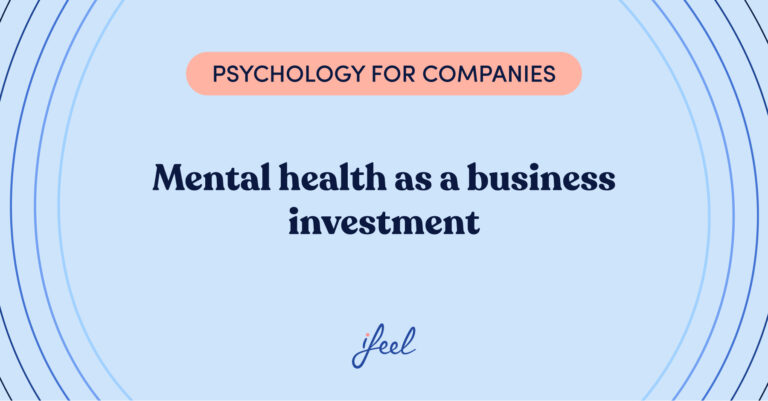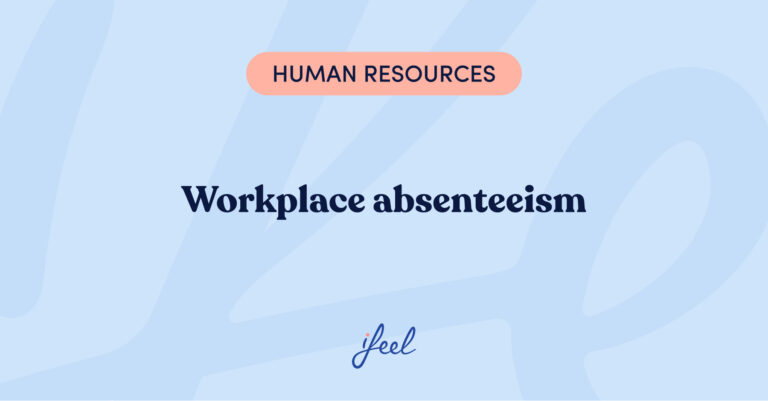The increase in labor turnover is one issue requiring the most substantial attention from Human Resources managers. Everyone can assume that, in a company that lasts long enough, sooner or later, at least one staff member will leave, and a new one will arrive.
If we transfer this extremely basic scheme to a large company, it makes sense to foresee that there will be some movement in the structure of the workforce from time to time: some will arrive, and others will leave. The question is whether, beyond what we might consider a “fact of life”, a specific increase in labor turnover indicates an organizational dysfunction that needs to be corrected.
Interpreting the increase in labor turnover
As a study by Weforum indicates, “More than half of 18 to 25-year-olds in the workforce are considering quitting their job”. Whether that is too much or too little, or how that increase will affect the companies experiencing it, is debatable. The important thing to understand is that, to the extent that there is a significant movement between the entry and exit of personnel, these teams experience a change in their complex system of tasks, functions, and relationships that generates human and economic fatigue that must be reckoned with, beyond what we might consider a mere “game of musical chairs”.

Moreover, political, sociological, and economic contexts may be behind both individual decisions and a significant increase in labor turnover in many companies in different sectors. Therefore, it is worth considering phenomena such as the Great Resignation or the Quiet Firing as a framework for the increase in labor turnover in Spain.
Reading the message behind the increase in labor turnover can be challenging to interpret and requires handling different theories. Generally, it can be coherent to read it as the expression of a transformation in the bond between the company and employees. It does not necessarily imply a total or problematic split since the affective bond between the two may persist. Still, it does imply a drastic reformulation of the terms, especially in external and natural turnover cases, two types of labor turnover that we will explain below.
Types of labor turnover
A card signed by colleagues, a farewell breakfast on the last day, a few impromptu but heartfelt words, the curiosity of what the last day in the company feels like… Staff turnover can take place in a more or less orderly, predictable, and even beneficial way for the company, or it can take place in bad ways.
For different reasons, it is a phenomenon that does not always have a pleasant, friendly, or easy framework, especially if a bad relationship between employee and company, a lack of care in the offboarding process, or an abrupt and unexpected dismissal are some of the characteristics of the end of the employee’s journey in their current organization.
Whatever the case, we can usually observe at least three types of labor turnover that should be monitored and studied to correctly interpret the mobility of staff members.
1. Internal labor turnover
We talk about internal labor rotation when a staff member leaves their current team or department to join another department within the same company. In this sense, we consider that the employee has “rotated” (moved) but is still part of the company, and the company continues to count on their talent and skills.
2. External labor turnover
External labor turnover is the best known and probably the one that requires the most energy from Human Resources managers to contain it within the appropriate limits. After all, it is the one that occurs when a member of staff leaves the company to continue their professional career in another company or work project.
3. Natural labor turnover
As mentioned above, avoiding one hundred percent of some labor turnover is almost impossible. The difference between external labor turnover and natural labor turnover is that, in the case of external labor turnover, the company must take care to avoid an increase in turnover, while natural labor turnover, as its name suggests, simply happens and cannot be prevented: it occurs when a member of the workforce dies or retires.
Causes of labor turnover
As described above, labor turnover has different types of causes that have to do with employee needs, company needs, and regulatory milestones in people’s life cycle against which organizations cannot fight. We have also mentioned more “global” issues, such as the economic or sociological situation of the country at a given time.
Internal job rotation usually results from some agreement between the employee and the company for mutual benefit without breaking the relationship between the two. If done properly, it results in career progression for the employee or a lateral movement that is equally satisfactory to the employee.
With the increase in external labor turnover, which is what companies should really be concerned about, something different is going on. It has to do with a disproportion between the people who come to the company and the people who leave, and also with the length of the employee’s journey within the company itself, which is shorter than would be desirable and efficient at the organizational level. The causes are hard to find: the company can no longer satisfy the employee’s needs and expectations optimally, and the employee tries to do so in another organization.
Preventing the increase in labor turnover
Although not always on time, the important thing is that those responsible for preventing this phenomenon have the necessary tools and professional advice to interpret what is causing it in that particular company correctly. A good way to achieve this is through the complete emotional well-being service for companies that ifeel provides to its partners.
While that support is being provided, let’s take a look at three valuable methods that can help prevent an increase in labor turnover in a company.
1. Ask them openly why they are leaving
One example of these tools is the exit interview, where – if we are lucky – it is possible to gather some information about what really drives an employee to leave the company and what suggestions they have to contribute to the improvement of business processes, even if they will no longer benefit from these changes.
The problem with exit interviews is that they are only sometimes conducted or sometimes conducted optimally. Hence, it is not advisable to rely on this tool to obtain all the information needed to prevent an increase in labor turnover.
2. Investigate before they leave
In this sense, it can be useful not to wait for an employee to decide to leave but to probe employees’ opinions and perceptions about their experiences in the company. This can be done through performance reviews, working conditions surveys, and any other assessment of the working environment, employee engagement, and motivation levels.
3. Caring for the employee experience
As mentioned above, one of the best methods to prevent the increase in labor turnover is to take care of the employee experience from the very beginning. Having a good social benefits strategy that includes a complete psychological well-being service, rewarding their participation and loyalty to the company, and providing them with an adequate framework for their professional development are good tools to dissuade them from leaving the organization. At least for the time being.
Investing in the emotional well-being of employees
As we have already mentioned, preventing employees from leaving the company is not always possible. However, on many occasions, it is possible to avoid or delay that moment productively by taking care of that employee and providing them with a good space for personal and professional development.
That is why at ifeel, we want to introduce you to our emotional well-being service for companies designed by our team of psychologists, experts in well-being at work, which allows managers in the area of People, Talent, and Human Resources to receive personalized and data-based advice on how to care for the psychological well-being of the teams they are in charge of. This way, they can prevent the increase in labor turnover in their organizations.
Do you belong to your organization’s Human Resources department? Try our program now to see how it could help you.
In addition, our program offers all employees a complete mental health care service that includes emotional support and online therapy with one of our professionals.
Moreover, in our Resources section, you can find different materials, such as Podcasts, HR Guides on various topics (e.g., employee experience or how to design a good HR strategy), or Interviews with leading HR managers. In addition, we have a Psychosocial Risk Factors Template, which you can use to comply with the requirements of the Labor Inspection.
We hope you found this post on interpreting and preventing the increase in labor turnover interesting. If you would like more information about our emotional well-being program for companies, all you have to do is request it, and we will contact your team as soon as possible.










